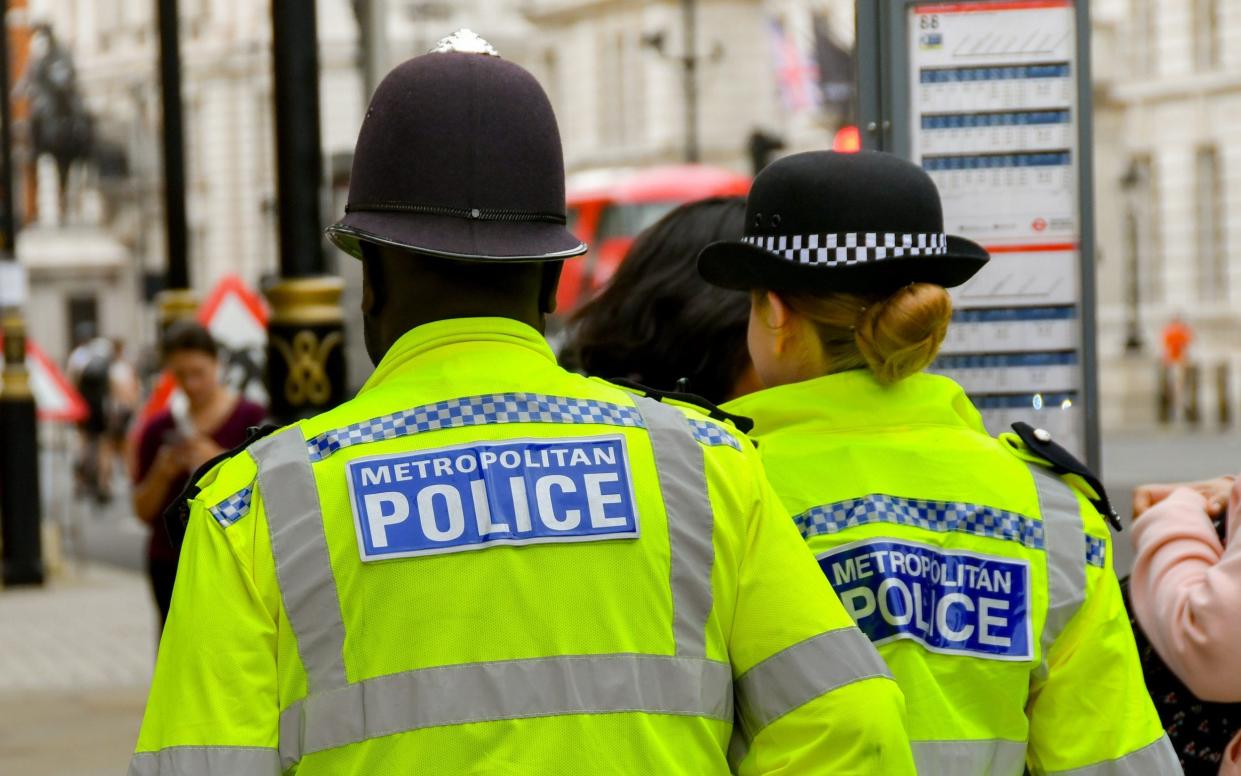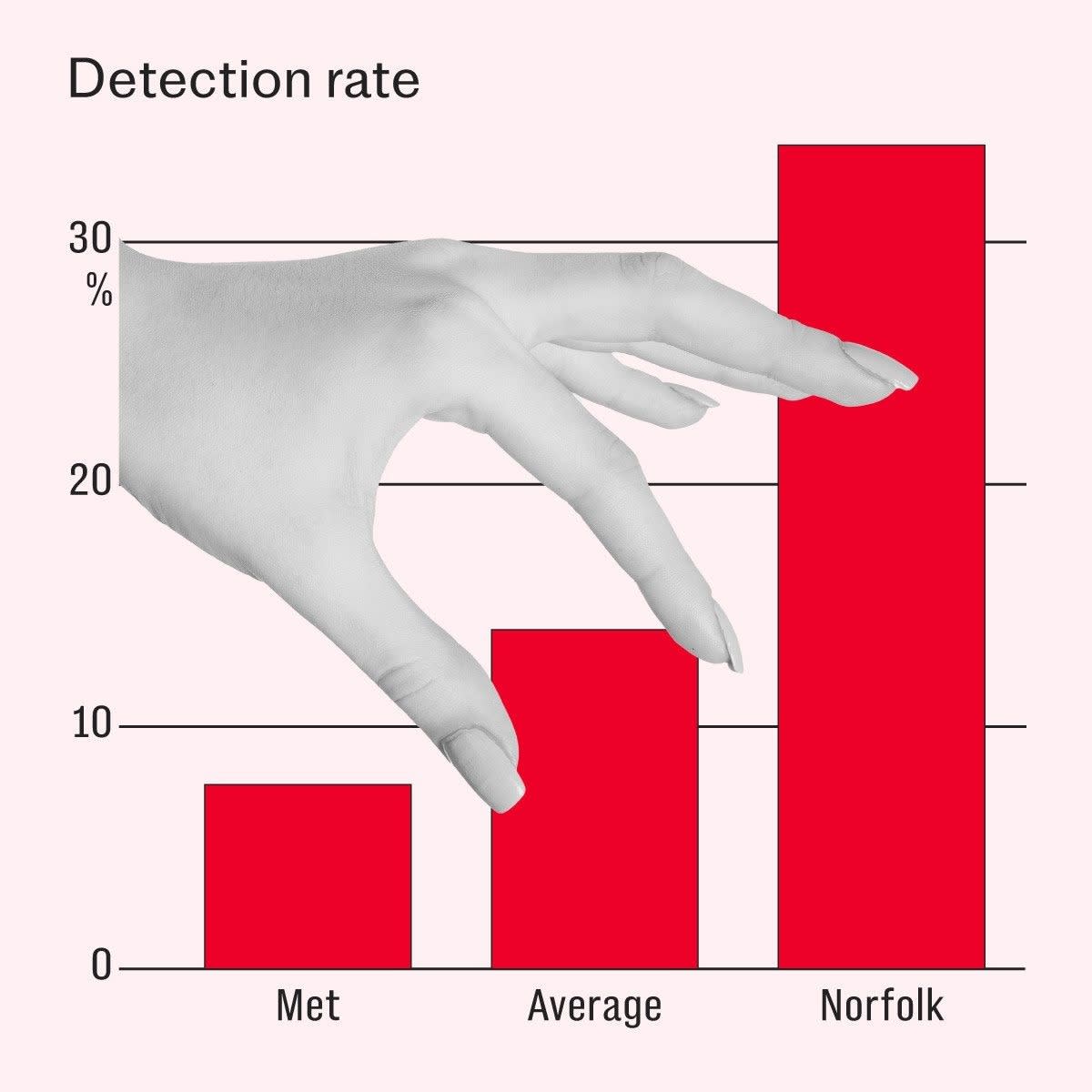Met has worst rate for solving shoplifting cases

The Metropolitan Police has the lowest rate for solving shoplifting offences, while recording the highest numbers of shop thefts, a Telegraph analysis of official data shows.
The Greater London force – which polices an area that accounts for nearly one in seven of all shoplifting offences in the UK – solved five times fewer shop thefts than the best-performing force Norfolk, according to the Home Office figures for 2023.

Only 7.6 per cent of the 57,000 shoplifting offences – or one in every 13 of the crimes – reported to the Met last year resulted in a charge or an out-of-court resolution.
That compares with Norfolk Constabulary, which solved more than a third (35.2 per cent) of the 4,800 shoplifting offences reported to it in the year ending December 2023.
The analysis comes a day after figures showed shoplifting had hit a record high with nearly 1,200 offences every hour. The total of 430,104 shop thefts last year was up by more than a third (37 per cent) in a year.
Police chiefs have pledged to investigate every theft where there is a reasonable line of inquiry but they say it is not realistic for officers to respond to every shoplifting incident or report.
They have guaranteed attendance at shoplifting incidents if there is violence against a store worker, a suspected thief has been detained or officers are needed to secure evidence.
While nationally, just over one in five (20.9 per cent) of shoplifting offences result in a charge or action such as a community resolution or sentence, there are wide variations.
Sussex had a 10 per cent detection rate, West Midlands (10.3 per cent), Surrey (11.1 per cent), Bedfordshire (12.3 per cent), Avon and Somerset and Northumbria (13.3 per cent).
This contrasted with Norfolk’s 35.2 per cent, followed by Cumbria 33.8 per cent, Suffolk 31.4 per cent, South Yorkshire 30.1 per cent and Humberside 28.1 per cent.
‘All about risk’
David McKelvey, a former Scotland Yard detective chief inspector, who runs a private “policing” service, said part of the fault lay with retailers who refused to prosecute and operated non-intervention policies when they were confronted with shoplifters.
“It is all about risk,” he said. “Do they want to risk one of their staff having to go to court and spend up to three days there. If you want to make an impact on shoplifting, you need to prosecute, with witness statements and CCTV. Sometimes they don’t hand over CCTV because of data protection concerns.”
His company, TM Eye, operates patrols of its private “bobbies” in uniforms across 16 business beats to tackle shoplifting and 16 residential beats to combat anti-social behaviour and burglaries.
He claimed to have substantially reduced shoplifting in the commercial areas by bringing private prosecutions against offenders. Once caught, they are issued with trespass orders barring them from shopping areas.
If they breach them, they are then prosecuted for burglary by dint of having “trespassed” into a prohibited area, which enables courts to impose tougher sentences including jail.
The Home Office is proposing a similar crackdown with tagging to monitor prolific offenders and community behaviour orders barring them from shopping areas. Breaches will carry a maximum of five years in jail.
Rachel Carr, Sussex Police chief superintendent, said there had been a 65 per cent increase in shoplifting reports largely because of encouraging businesses to contact police and the solving rate was now up to 18.7 per cent.
Chief Inspector Andrew Hill, Sussex Police’s lead for business crime, said it had doubled its charge rate from five per cent to 10.8 per cent after a “renewed focus” on shoplifting including uniformed and plain clothes patrols in theft hotspots.


